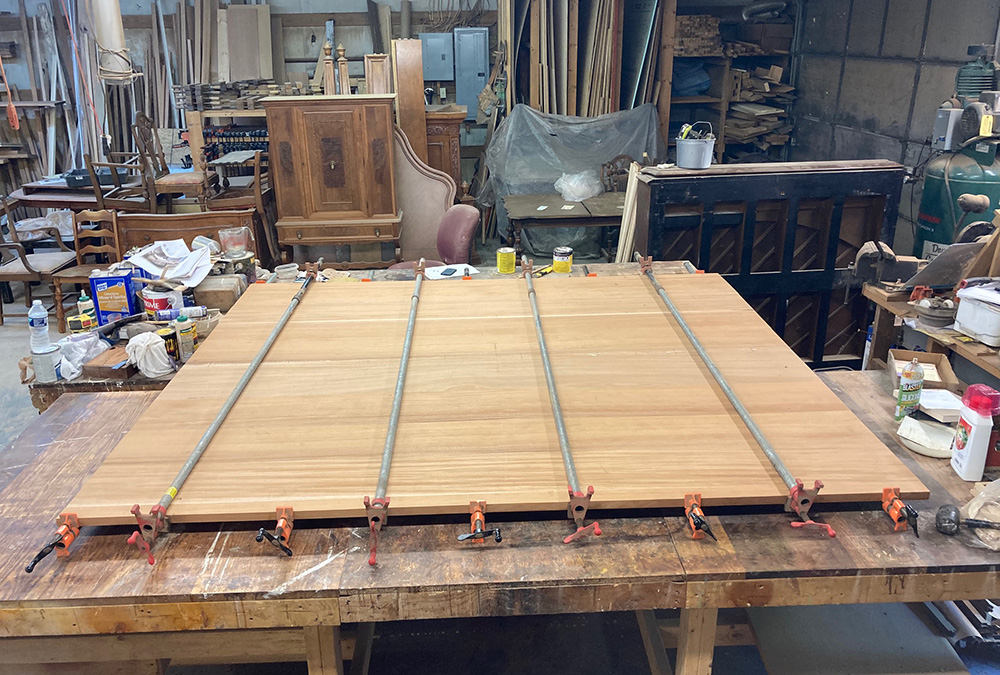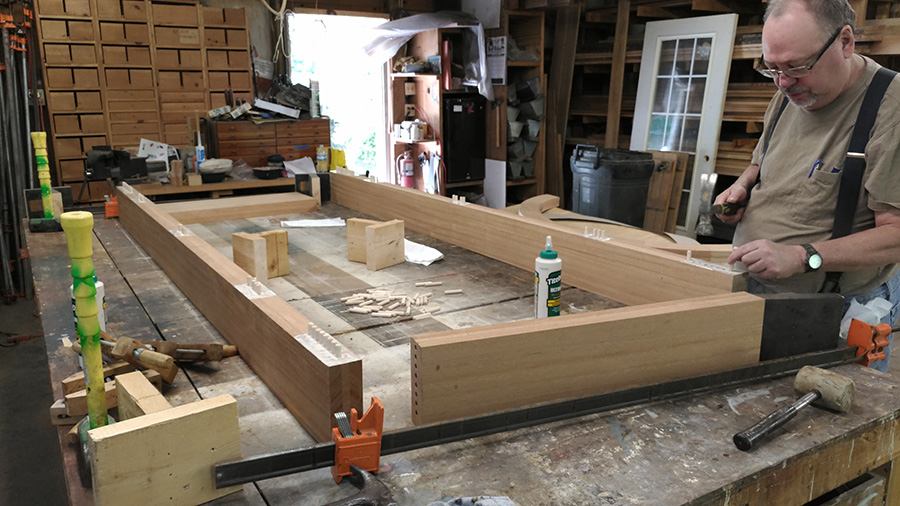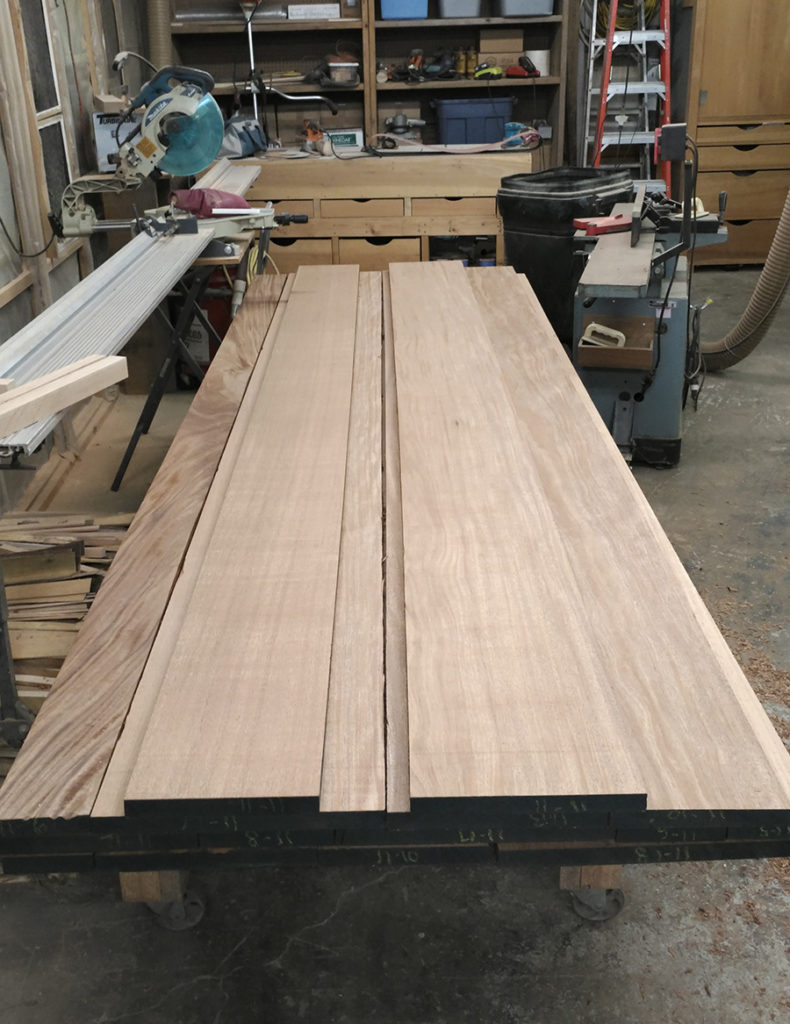
When it comes to work and careers I believe many of us drift into our careers with little attention to long term kingdom building intention. Maybe we choose a type of work because it will pay a lot of money. Perchance we simply drift into whatever career is easiest to attain or perhaps we try to find work that is personally enjoyable. Motivations are often mixed but, I think, rarely evaluated against biblical ideals for work.
The Bible is for the Work Week
What! You say; there are biblical ideals for planning our work and careers? Most of us have never heard a sermon or read a book discussing any biblical directions for career and work so where can we find such instructions?
The Bible has a lot to say about work. There is a ten chapter section that we could title Wisdom for Work. It is found in the book of Exodus chapters 31-40. The first characters (ummmm – Characters and Careers – could make a good title) mentioned are a couple of guys with peculiar Bibley names: Bezalel and Oholiab. Being a Schanzenbach I suppose I ought not get too exercised over other people’s peculiar names (Oh, when I type the word Bibley the spell check indicates it is not a word. But we all know it is a word and we have a sense of what it means even though we may not be able to write out a flawless definition of it. So we can not let spell check deter us from using perfectly good words.) But I have drifted from my discussion about Bezalel and Oholiab.
Learning from a Guy Named Bezalel
These two guys were appointed by God to direct and perform the building of the Jewish tabernacle that was used during Israel’s forty years of wandering through the wilderness. The tabernacle was an artistic house for God. The work involved casting precious metals, engraving, stone cutting and setting, weaving and dying cloth, making garments, and embroidery and other skilled work. The master craftsman overseeing the project was Bezalel and his apprentice was Oholiab. Our text introduces them:
Now the LORD spoke to Moses, saying, “See, I have called by name Bezalel, the son of Uri, the son of Hur, of the tribe of Judah. “I have filled him with the Spirit of God in wisdom, in understanding, in knowledge, and in all kinds of craftsmanship, to make artistic designs for work in gold, in silver, and in bronze, and in the cutting of stones for settings, and in the carving of wood, that he may work in all kinds of craftsmanship. “And behold, I Myself have appointed with him Oholiab, the son of Ahisamach, of the tribe of Dan; and in the hearts of all who are skillful I have put skill, that they may make all that I have commanded you (Exodus 31: 1-6).
And the text lets us know what these craftsmen were supposed to be working on:
the tent of meeting, and the ark of testimony, and the mercy seat upon it, and all the furniture of the tent, the table also and its utensils, and the pure gold lampstand with all its utensils, and the altar of incense, the altar of burnt offering also with all its utensils, and the laver and its stand, the woven garments as well, and the holy garments for Aaron the priest, and the garments of his sons, with which to carry on their priesthood; the anointing oil also, and the fragrant incense for the holy place, they are to make them according to all that I have commanded you” (Exodus 31:7-11).
When we read that the Lord called by name Bezalel we must understand that this is an example for all of us. Not that we are called to do the same work as Bezalel but that God calls us by name to accomplish specific work for His kingdom. That specific work requires focused skills which the Lord also provides. Scripture explains,
“I have filled him with the Spirit of God in wisdom, in understanding, in knowledge, and in all kinds of craftsmanship…”
So Bezalel received the Spirit of God to do specific work. Now, he likely labored hard to develop his skills, but ultimately, it was the Lord who filled him with the Spirit of God in wisdom and all kinds of craftsmanship.
Discover & Use Your Talents
It seems to me that we ought to expect that God has filled all believers with His Spirit of wisdom and craftsmanship to complete our earthly callings. This Scripture passage is for our instruction and application (2 Timothy 3:16). God does not send us out empty handed. We ought to be working from our youth to discover our God-given talents and gifts and expect that the Lord will use us in His kingdom work. This is a basic minimum belief (for women as well by the way) needed to live the gifted and called life God has for us.
When Tim and I were working on those big doors installing the Edura Trilennium hardware we were working at the edge of our gifts, skills, and talents. I worked for years to gain the knowledge and skills needed to perform that work. Yet it is the Lord who receives all the credit and glory for granting the life and opportunities, gifts and talents needed to complete my (our) calling. So if it is big doors, big tables, computer codes, managing a household, or whatever the skill needed, all is to be done by God’s grace and to His glory. God gives us each our gifts and we owe Him praise for this.






















